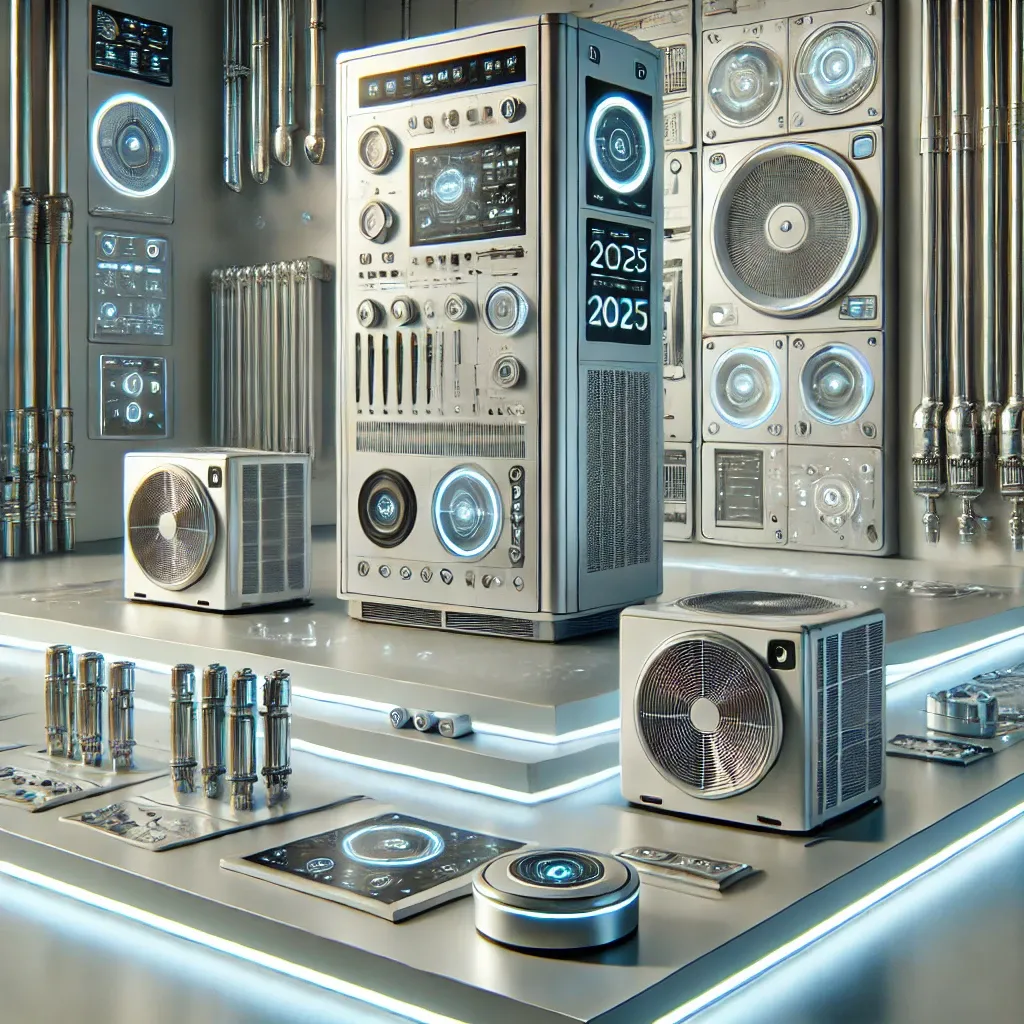The Future of HVAC Technology: What Contractors Need to Know in 2025
Hey there, HVAC contractors! As we step into 2025, the landscape of HVAC technology is evolving faster than ever. Whether you’re a seasoned pro or just diving into the industry, staying ahead of the trends is crucial to delivering value to your clients and staying competitive. So, what should you expect in the future of HVAC technology? Let’s dive in!
Market Growth and Statistics
The HVAC industry is buzzing with growth. The global market is set to expand from USD 157.71 billion in 2023 to a whopping USD 228.74 billion by 2030. That’s a steady growth rate of 5.5% CAGR. And if you’re focused on residential HVAC, you’re in luck—the market is projected to grow by USD 39.62 billion from 2025 to 2029, with an impressive CAGR of 8.1%.
Energy Efficiency and Sustainability
Energy efficiency isn’t just a trend; it’s a necessity. More home buyers are prioritizing energy-efficient homes, with 61% keeping it top of mind. Expect stricter energy codes and government policies to push for greener building practices, boosting the demand for sustainable HVAC systems.
Technological Advancements
Smart HVAC systems are taking over! From smart thermostats to advanced building management systems, these technologies allow for precise control and optimization of HVAC performance. Plus, integrating with renewable energy sources like solar and wind, and exploring geothermal systems, will become more common.
Indoor Air Quality (IAQ) and Maintenance
Indoor Air Quality is a hot topic. Expect to see more HEPA filters, carbon filters, UV-C light systems, and standalone air purifiers in homes and businesses. On the maintenance front, predictive tools powered by AI and IoT are game-changers. These tools monitor system health and predict component failures, reducing downtime and extending system life.
Labor and Economic Trends
The industry might face a shortage of HVAC technicians, with up to 225,000 positions unfilled. Economic pressures could shift focus from replacements to repairs, but favorable financing conditions will make significant upgrades more accessible.
Regulatory Changes
Keep an eye on the EPA’s regulations. By 2025, refrigerants with high Global Warming Potential will be banned, paving the way for low-GWP options like HFOs or natural refrigerants.
- Leverage smart HVAC systems to optimize performance.
- Stay updated on energy-efficient and sustainable practices.
- Prepare for shifts in labor market dynamics and economic trends.
- Adapt to regulatory changes regarding refrigerants.
Conclusion
The future of HVAC technology is bright and full of opportunities. By embracing these changes and innovations, you’ll not only meet the demands of your clients but also contribute to a more sustainable world. So, are you ready to take your HVAC business to the next level?
Get in touch with us today to explore how you can integrate these technologies into your offerings!
FAQ
What are the key HVAC trends in 2025? The key trends include the growth of smart HVAC systems, energy-efficient solutions, and the adoption of low-GWP refrigerants.
How will AI and IoT impact HVAC maintenance? AI and IoT will enable predictive maintenance, allowing for early detection of issues and reducing system downtime.
What should contractors know about regulatory changes? Be aware of the ban on high-GWP refrigerants and prepare to transition to eco-friendly alternatives.











